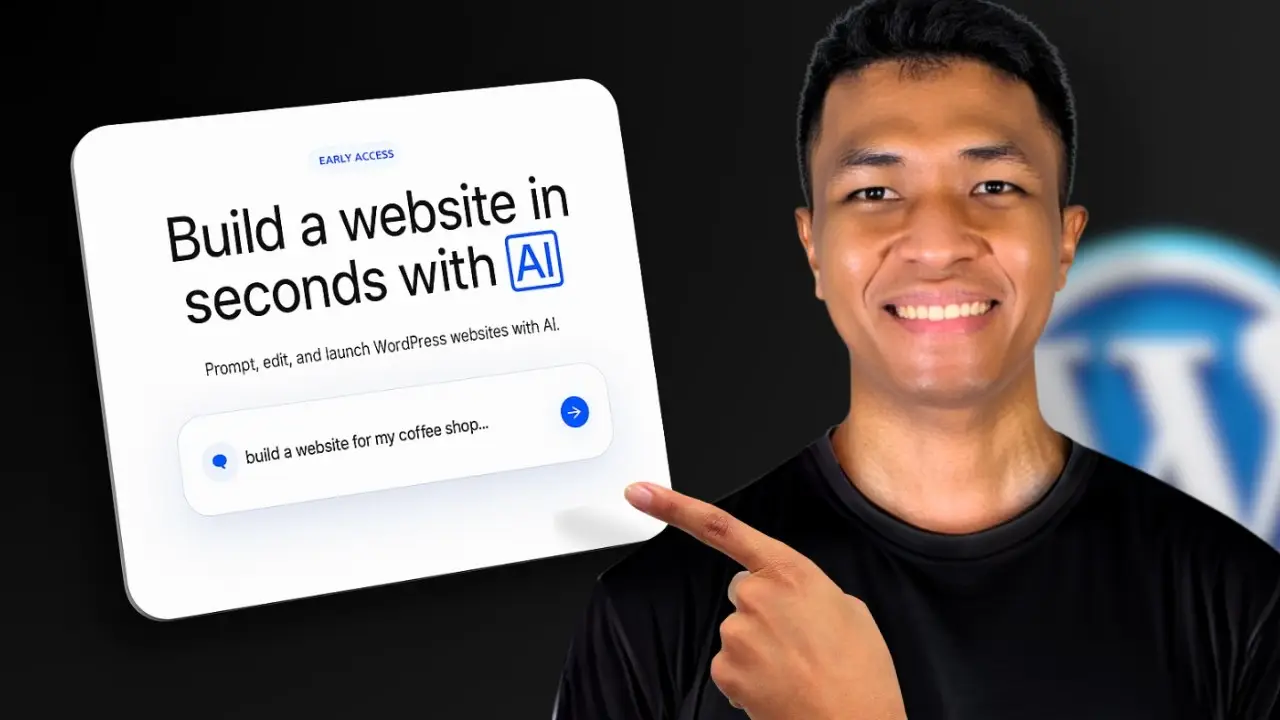Key Takeaways:
- Assigning roles or using “pretend” prompts can lead to inaccurate or overly technical results.
- Negative prompts often produce the exact content you’re trying to avoid.
- Specifying platforms in prompts creates stereotypical and repetitive content.
I’ve been exploring AI-generated content for a while now, and it’s clear that prompt engineering is evolving rapidly. Every day, new tips pop up on Twitter, LinkedIn, and countless blogs. But here’s something I recently discovered: some of the most popular ChatGPT prompts are now outdated. In fact, they might even be hurting your content quality rather than helping it.
In this blog post, I’ll share three common ChatGPT prompts that you should stop using immediately, along with better alternatives. If you’re still using these outdated methods, it’s time to reconsider your strategy.
Stop Using “Role” or “Pretend” Prompts
You’ve probably seen this prompt style everywhere:
“Pretend you’re an SEO expert and write a travel guide article optimized for Google.”
It seems logical, right? You’re essentially telling ChatGPT how to approach the task. I even recommended this method myself in previous guides like my post on how to craft the perfect AI prompt for blog posts. But recent research shows this approach can backfire.
Here’s why: assigning a role often leads AI to produce overly technical, repetitive content that doesn’t feel natural. For example, if you ask ChatGPT to act as an “SEO expert” for a travel guide article, you’ll likely get something that’s keyword-stuffed, robotic, and not engaging at all.
Even worse, assigning slightly unrelated roles can produce completely incorrect answers. Imagine asking a math question but assigning the role of a civil engineer—sounds related enough, right? Surprisingly, this slight mismatch can cause ChatGPT to give entirely wrong answers.
Better Alternative:
Simply remove the role assignment from your prompt. Modern AI models are smart enough to determine context without explicit roles. Just clearly state what you want:
“Write an engaging travel guide article about visiting Bali for first-time travelers.”
This straightforward approach lets the AI figure out the best style naturally.
Negative Prompts Usually Backfire
Negative prompts sound like a good idea in theory. You tell ChatGPT what you don’t want it to include:
“Write about lakes but don’t mention pink ducks.”
Ironically, this often results in exactly what you’re trying to avoid—a lake with pink ducks! Why does this happen? It’s similar to telling someone not to imagine a pink elephant; inevitably, they’ll picture one immediately. The same cognitive quirk applies to AI.
Instead of preventing something from appearing in your content, negative prompts actually introduce that unwanted concept into the AI’s “mind,” making it difficult for it to ignore completely.
Better Alternative:
Rather than specifying what you don’t want, clearly describe exactly what you do want:
“Describe a serene mountain lake surrounded by pine trees and clear blue skies.”
This positive framing leaves no room for unwanted elements like pink ducks or anything else you’re trying to avoid.
Avoid Mentioning Specific Platforms (YouTube, LinkedIn)
If you’ve ever asked ChatGPT something like:
“Write a script for a YouTube video about productivity hacks.”
You’ve probably noticed the result sounds cliché—something like:
- “Hey guys! Welcome back…”
- “Don’t forget to like and subscribe…”
This happens because mentioning platforms triggers stereotypical writing styles associated with them. The same goes for LinkedIn posts—mention LinkedIn explicitly and you’ll get overly formal corporate-speak that feels stiff and unnatural.
Social media platforms are simply mediums of communication—they don’t inherently require specific tones or clichés. Most successful creators speak naturally and authentically rather than following platform stereotypes.
Better Alternative:
Skip mentioning platforms altogether and just request the type of content you need:
“Write an engaging introduction about productivity hacks that help busy professionals save time.”
You can always tweak minor details later if needed, but starting without platform-specific references ensures your content stays fresh and authentic.
If you’re looking for more tips on creating authentic AI-driven content without sounding robotic or repetitive, check out my guide on how to really humanize AI content.
Quick Comparison Table
| Prompt Type | Common Mistake | Better Alternative |
|---|---|---|
| Role/Pretend | Assigning specific roles causing unnatural or wrong output | Clearly state your request without assigning any role |
| Negative Prompts | Specifying what not to include (often backfires) | Clearly describe exactly what you want |
| Platform-Specific | Mentioning social media platforms causing clichés | Request general content without platform references |
Final Thoughts & Next Steps
Prompt engineering is changing fast. What worked six months ago might be outdated today. By avoiding these three common mistakes—role assignment, negative phrasing, and platform-specific mentions—you’ll generate better-quality content that’s natural-sounding and genuinely useful.
If you’re serious about leveling up your AI-generated content game further, consider exploring some of my other resources:
- Content creation prompts that save time
- Overused words in ChatGPT you must stop
- 11 things you must add to your AI articles to stand out
Remember: great prompting isn’t just about knowing what works—it’s also about recognizing what’s no longer effective. Keep experimenting, stay updated on new developments in AI prompting strategies, and you’ll consistently produce high-quality content that resonates with your audience.
Happy prompting!






